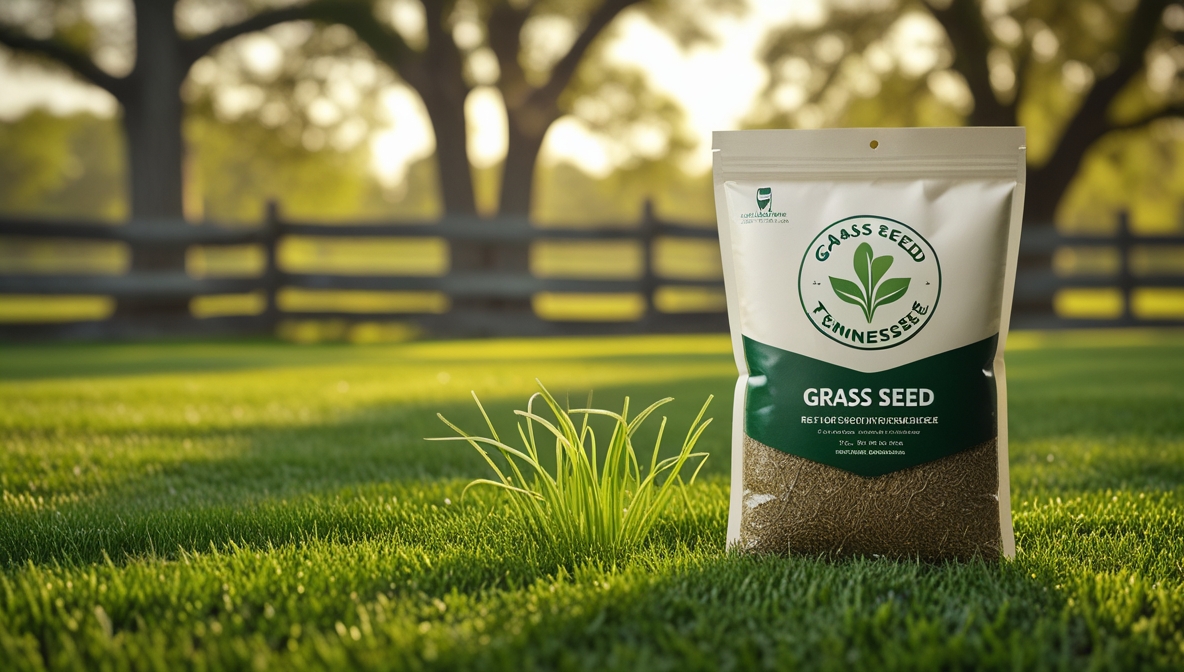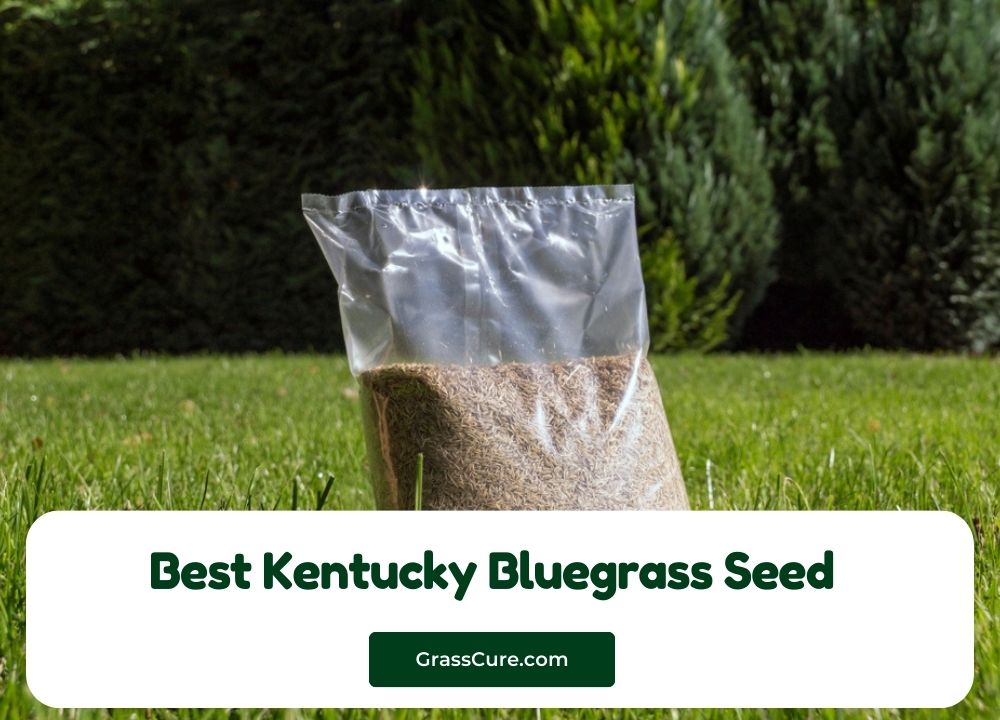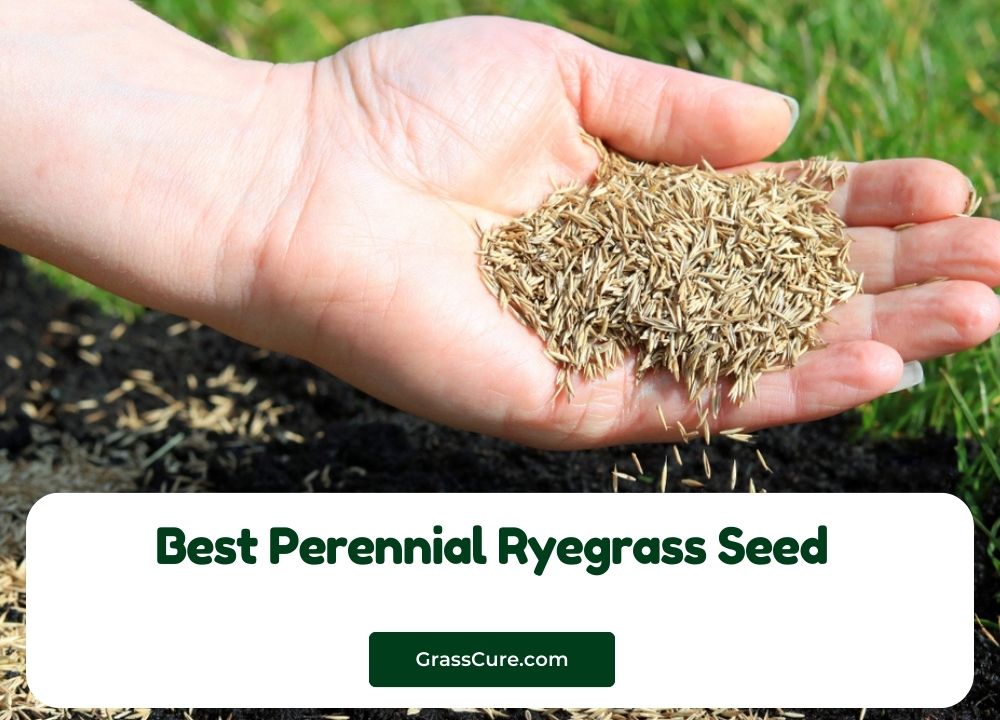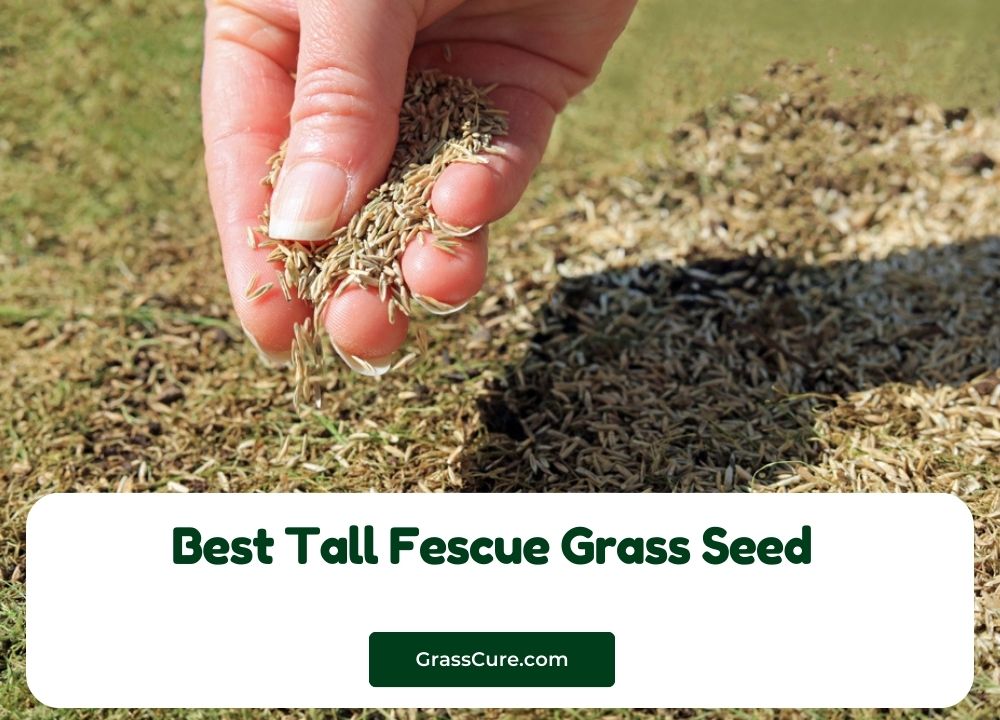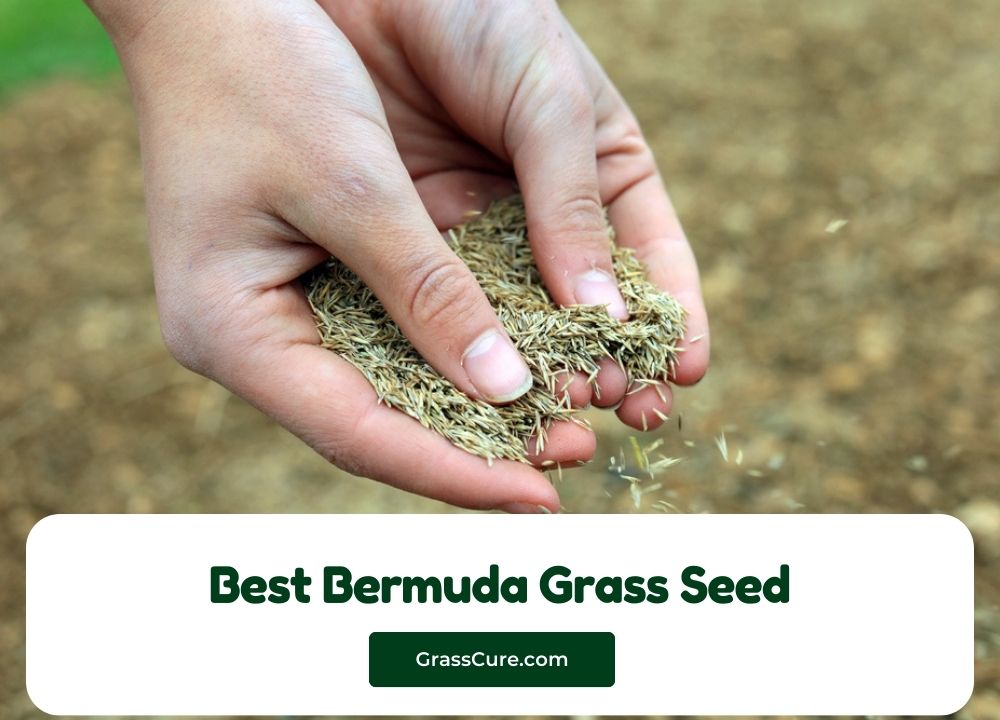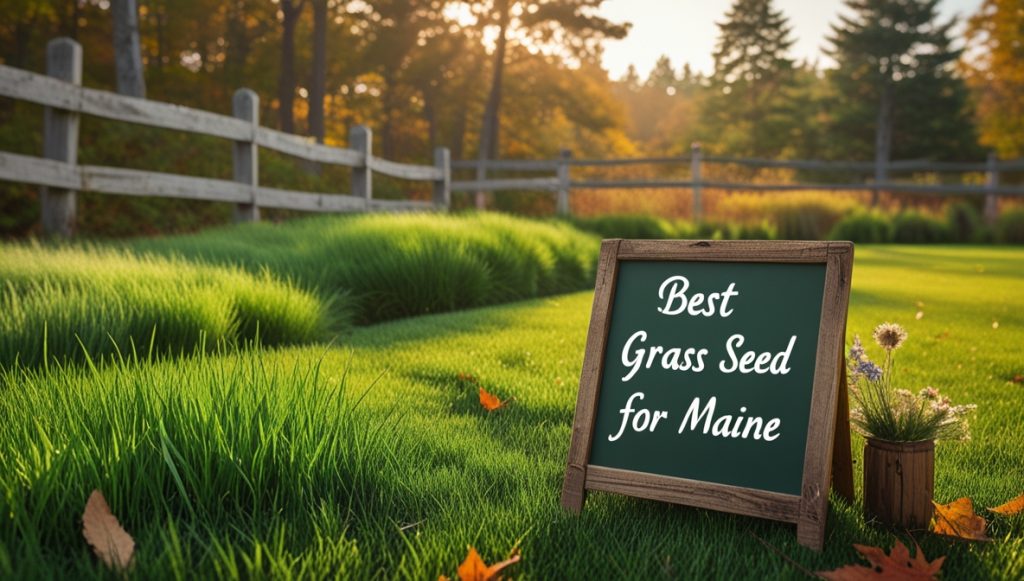Middle Tennessee, encompassing cities like Nashville, Murfreesboro, and Clarksville, sits in a transitional climate zone that blends characteristics of the humid subtropical south and the cooler Midwest. This region experiences hot, humid summers, mild winters, and ample rainfall, making lawn care a unique challenge. Choosing the right grass seed is critical to establishing a vibrant, resilient lawn that can handle the area’s weather extremes, soil types, and usage demands. In this detailed guide, we’ll explore the best grass seed options for Middle Tennessee, factors to consider when selecting, and practical tips for planting and maintaining a lush lawn year-round.
Contents
Understanding Middle Tennessee’s Climate and Soil
Middle Tennessee falls within USDA Hardiness Zones 6b to 7a. Summers are long and steamy, with average highs in the upper 80s to low 90s°F and high humidity. Winters are mild compared to northern states, with lows rarely dipping below 20°F, though occasional freezes occur. Rainfall averages 45-50 inches annually, distributed fairly evenly, though summer droughts can stress lawns without irrigation.
Soils in Middle Tennessee vary widely. The region’s rolling hills and valleys feature clay-heavy soils, often with a reddish tint due to iron content, alongside pockets of loam and limestone-based soils. Soil pH typically ranges from 5.5 to 6.5, slightly acidic but suitable for most grasses with minor amendments. This transitional climate supports both cool-season and warm-season grasses, though cool-season varieties dominate due to their adaptability to the region’s mild winters and strong spring/fall growth.
Top Grass Seed Choices for Middle Tennessee
- Tall Fescue
- Why It’s Great: Tall fescue is the most popular choice for Middle Tennessee lawns, thanks to its deep roots, heat tolerance, and ability to stay green year-round with proper care. It’s a cool-season grass that performs well in the region’s transitional climate.
- Pros: Drought resistance, durability under traffic, and adaptability to clay soils.
- Cons: Coarser texture; doesn’t spread naturally, requiring overseeding for bare spots.
- Best For: High-traffic lawns, sunny or partially shaded yards, and homeowners seeking low-maintenance options.
- Kentucky Bluegrass
- Why It’s Great: Known for its lush, dark green appearance, Kentucky bluegrass thrives in Middle Tennessee’s cooler months and can maintain a decent lawn with irrigation through summer heat.
- Pros: Dense, soft turf, self-repairing via rhizomes, and excellent cold tolerance.
- Cons: Struggles in intense summer heat without ample water; requires full sun and more maintenance.
- Best For: Sunny lawns where aesthetics are key and owners can commit to regular care.
- Perennial Ryegrass
- Why It’s Great: Perennial ryegrass establishes quickly, making it ideal for overseeding tall fescue lawns in fall to boost winter color or repairing bare patches in spring.
- Pros: Fast germination (5-10 days), fine texture, and good wear tolerance.
- Cons: Less heat-tolerant than tall fescue; may thin out in summer without care.
- Best For: Temporary coverage, overseeding, or mixing with other grasses for added resilience.
- Bermudagrass (Warm-Season Option)
- Why It’s Great: As a warm-season grass, Bermudagrass excels in Middle Tennessee’s hot summers, going dormant in winter but rebounding vigorously in spring. It’s tough and spreads rapidly.
- Pros: Heat and drought tolerance, excellent durability, and low water needs once established.
- Cons: Browns out in winter; requires full sun and can be invasive if not contained.
- Best For: Sunny, high-traffic lawns where winter dormancy isn’t a concern.
- Seed Mixtures
- Why It’s Great: Blends of tall fescue, Kentucky bluegrass, and perennial ryegrass are common in Middle Tennessee, offering a mix of durability, color, and adaptability tailored to the region.
- Pros: Versatility, improved performance across seasons, and coverage for varied conditions.
- Cons: Maintenance needs differ by species; weaker grasses may fade over time.
- Best For: Most Middle Tennessee lawns, especially those with mixed sun/shade or soil types.
Factors to Consider When Choosing Grass Seed
- Sunlight: Tall fescue and mixtures handle partial shade, while Kentucky bluegrass and Bermudagrass need full sun. Assess your yard’s light exposure before choosing.
- Traffic: High-use lawns benefit from tall fescue or Bermudagrass. Kentucky bluegrass suits lighter traffic, and perennial ryegrass adds resilience to blends.
- Maintenance: Tall fescue and Bermudagrass require less effort than Kentucky bluegrass, which needs regular watering and fertilization. Perennial ryegrass is low-maintenance but short-lived in heat.
- Seasonal Goals: For year-round green, opt for cool-season grasses like tall fescue. For summer vibrancy and winter dormancy, Bermudagrass works well.
- Soil: Clay soils favor tall fescue and Kentucky bluegrass with good drainage, while Bermudagrass thrives in well-drained, sunny spots.
Planting and Maintenance Tips
Cool-season grasses like tall fescue and Kentucky bluegrass are best planted in late summer to early fall (August to October), when soil is warm and air is cool. Spring (March to May) is a secondary option. Bermudagrass, a warm-season grass, should be seeded in late spring to early summer (May to June).
- Preparation: Clear debris, aerate clay soils, and amend with compost or sand for drainage. Test soil pH and adjust to 6.0-7.0 with lime if needed. Apply a starter fertilizer (e.g., 10-20-10 NPK).
- Seeding: Use a spreader to apply seed evenly (e.g., 7-10 lbs per 1,000 sq ft for tall fescue; 2-3 lbs for Bermudagrass). Rake lightly and water to settle.
- Watering: Keep soil moist during germination (2-3 weeks for cool-season, 1-2 weeks for Bermudagrass). Once established, water deeply—1-1.5 inches weekly—adjusting for rain.
- Mowing: Mow cool-season grasses at 3-4 inches, cutting no more than one-third at a time. Bermudagrass prefers 1-2 inches. Sharpen blades to avoid tearing.
- Fertilizing: For cool-season grasses, fertilize in fall and spring (e.g., 10-10-10). Bermudagrass needs summer feeding (e.g., 16-4-8). Avoid over-fertilizing to prevent burn.
- Weed Control: Use pre-emergent herbicides in spring for crabgrass and spot-treat broadleaf weeds. Dense grass growth reduces weed pressure.
Recommended Products
- Pennington Smart Seed Tall Fescue Mix: Enhanced for heat and drought tolerance.
- Scotts Turf Builder Kentucky Bluegrass: Quick-establishing and vibrant.
- Jonathan Green Perennial Ryegrass Blend: Fast-growing for overseeding.
- Hancock Seed Bermudagrass: Durable and heat-loving.
Local Considerations
Middle Tennessee’s humid summers can foster fungal diseases in Kentucky bluegrass, making tall fescue a safer bet for disease resistance. In rural areas with clay soils, like Franklin or Lebanon, tall fescue adapts well with aeration. Urban Nashville lawns with partial shade benefit from fescue blends or overseeding with ryegrass. Bermudagrass suits sunny, open lots in warmer microclimates near Clarksville.
Conclusion
The best grass seed for Middle Tennessee depends on your lawn’s needs and your seasonal priorities. Tall fescue offers year-round durability and low maintenance, Kentucky bluegrass provides stunning aesthetics with care, perennial ryegrass boosts quick coverage, and Bermudagrass excels in summer heat. Mixtures balance these traits for versatile lawns. By aligning your seed choice with Middle Tennessee’s climate, soil, and usage—and following proper planting and upkeep—you’ll create a lawn that thrives from the Cumberland Plateau to the Nashville Basin.
